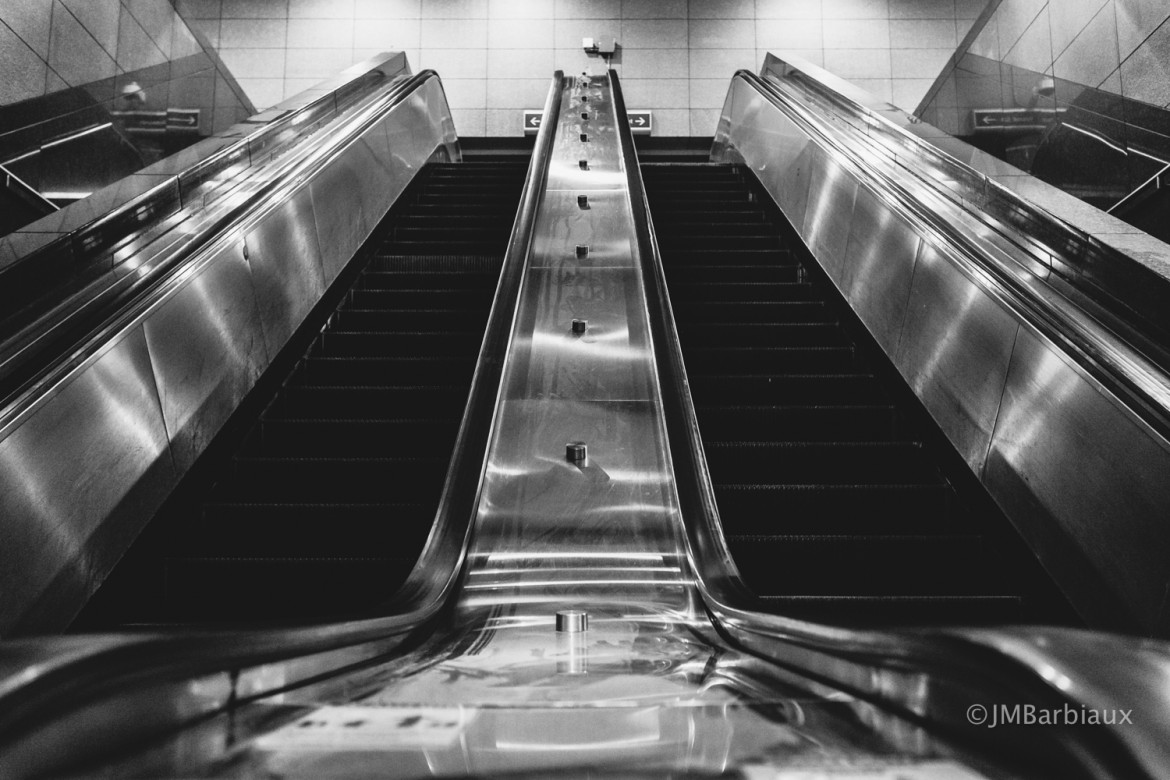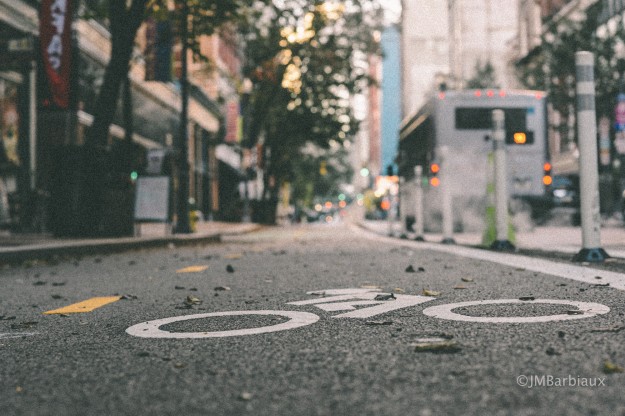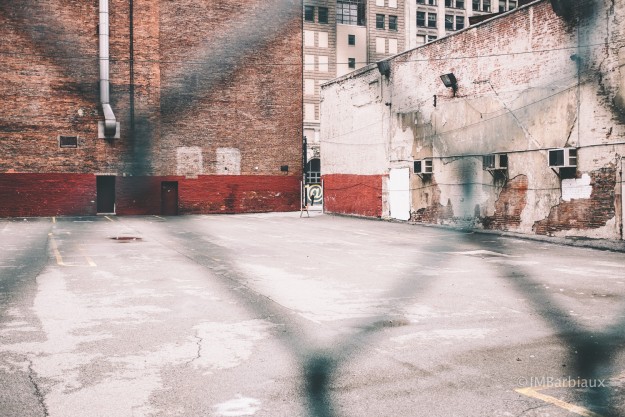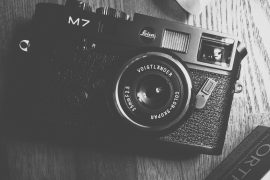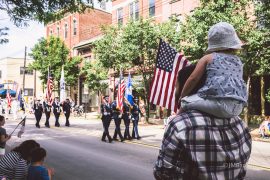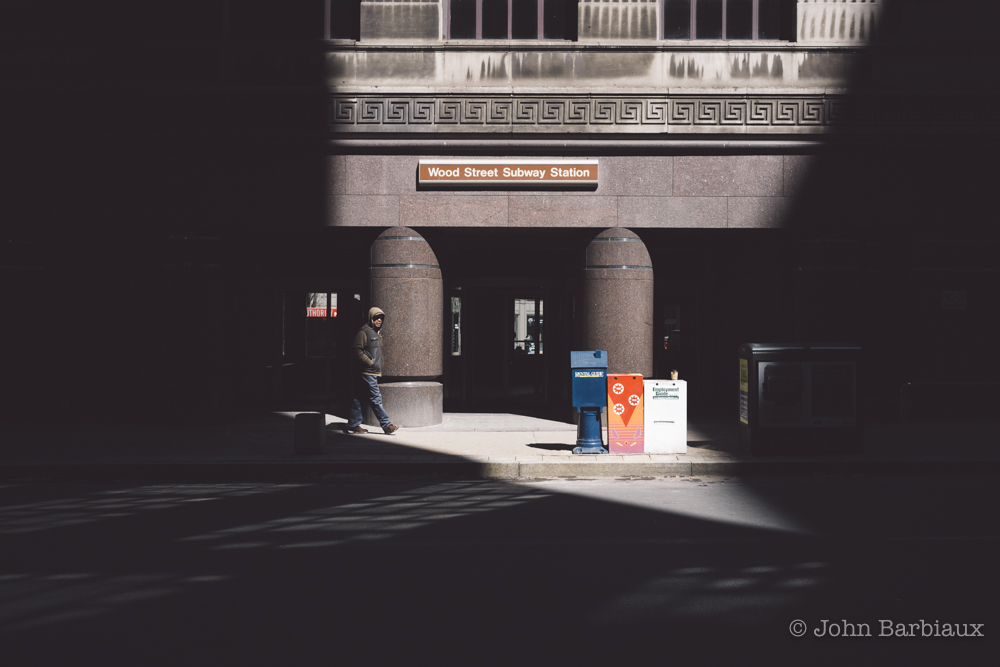Urban Landscape photography is tough to describe… It’s not candid Street Photography per say, nor is it Cityscape Photography*. It’s not Architecture Photography in and of itself. Urban Landscape is more specific than that, it’s the nitty-gritty documentation of the urban condition. Human subjects are rarely the focus, unlike in Street Photography, in Urban Landscapes.
*Cityscape photography is more large-scale than Urban Landscape photography (think skyline at night). Sure, if you wanted to be difficult you could make the argument that they are the same… if you hated kittens and children… But seriously, If I had to tell you the difference between the two I would say that Cityscape Photography is taken from outside looking in while Urban Landscape Photography is taken from within the city (or town).
Unlike Street Photography it’s perfectly acceptable to take a tripod with you, even recommended. Instead of limiting yourself to a 35mm or 50mm lens you can use any type of lens your little heart desires. I would liken Urban Landscape photography to trying to create an interesting photograph while in the thick of a forest. There are a lot of similar subjects (trees vs. building) and composing in a way that catches viewers interest can be a challenge.
Composition
Things like symmetry, color, contrast, leading lines, and framing can all be applied to Urban Landscape photography. The image at the top of this page uses symmetry, leading lines, and layers to make the image more interesting.
Symmetry – The escalators are all similar in size and shape and look as if they are reflections of one another.
Leading Lines – The rail on the escalators takes the viewers eyes to the top of the stairs where the reflection of the sign is on each side of the escalator.
Reflections – The street sign is reflected in the silver wall on each side of the top of the escalator.
The image below uses framing as well as contrasting colors to catch viewers eyes. Although this image does have a person within the frame he or she does not dominate the frame. The subject matter is the condition of the urban space.
Within in a frame there are a number of subjects you can isolate and zoom in on (with your camera or your feet) to create interesting shots. The image below is actually the same @ symbol you see in the image above (in the far distance).
 This image is borderline Urban Fragment photography, another article for another day.
This image is borderline Urban Fragment photography, another article for another day.
Challenges
If you’re photographing within a city you’re bound to have to contend with people within your frame. There a couple of ways to combat this; you could wait it out or you could use a neutral density filter to decrease your shutter speed to 30 or more seconds and the people will magically disappear…
 You can render Grand Central Station a ghost town by decreasing your shutter speed. You can also time your shots for periods of time when where you’ll be shooting will be less crowded. Getting to Grand Central Station or Times Square before 7 a.m. will eliminate crowds.
You can render Grand Central Station a ghost town by decreasing your shutter speed. You can also time your shots for periods of time when where you’ll be shooting will be less crowded. Getting to Grand Central Station or Times Square before 7 a.m. will eliminate crowds.
Urban Landscape photography is a great option if you’re looking for a way to improve your mind’s eye. You can practice it in a city or in a small town in the middle of nowhere. While practicing Urban Landscape photography you can practice Street Photography, Cityscape Photography, Architecture Photography and probably a number of others I can’t think of right now.
If you’d like to share some of your successful Urban Landscape Photography with us you can head over to the Facebook Page and post it to our wall.

